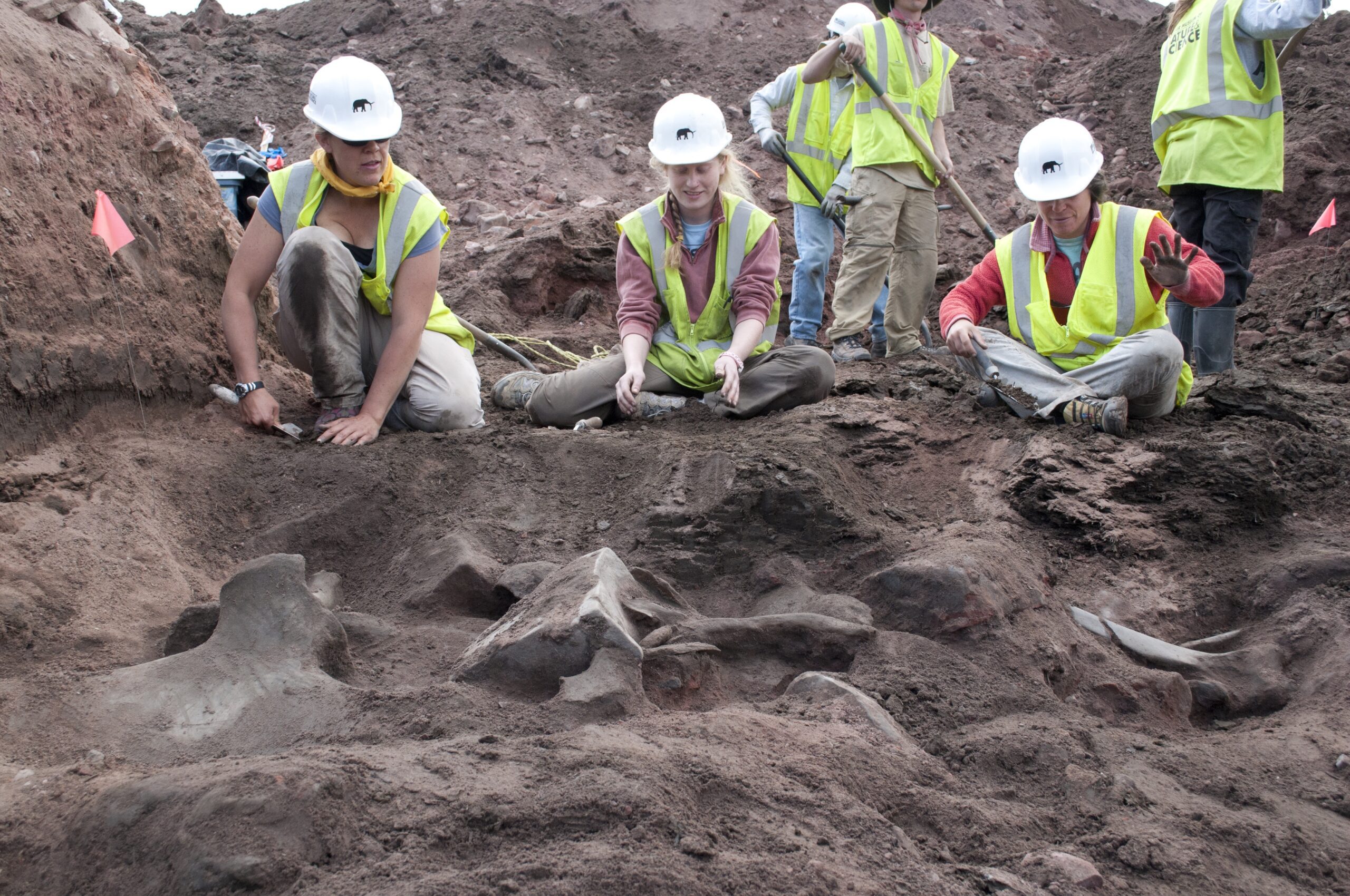
2008: The Town of Snowmass is growing. Where will its citizens get water? It plans to purchase and expand a nearby lake owned by Doug Ziegler.
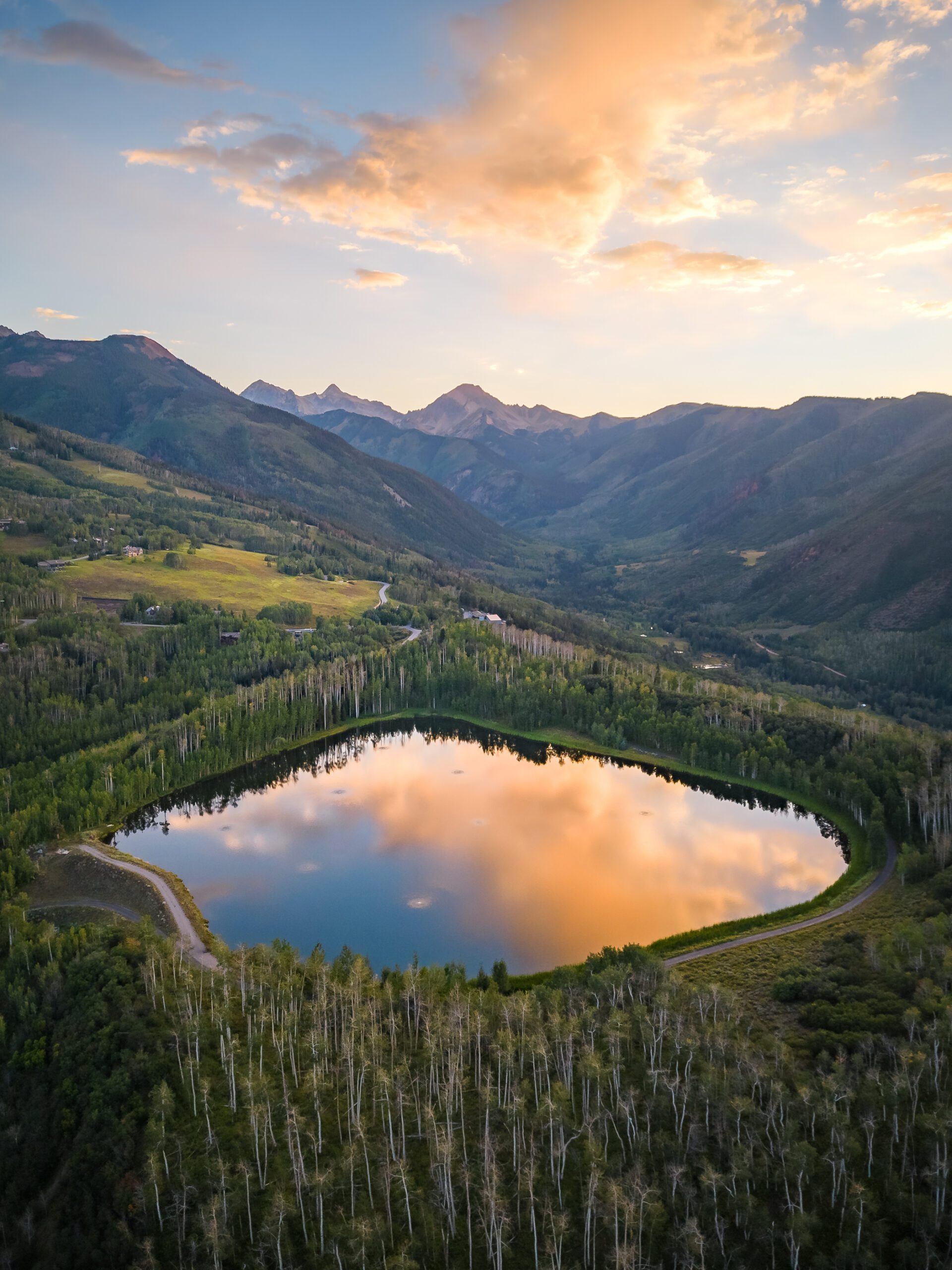
2008: The Town of Snowmass is growing. Where will its citizens get water? It plans to purchase and expand a nearby lake owned by Doug Ziegler.
October 14, 2010: Hey, what’s that? While deepening Ziegler Reservoir, an excavator named Jesse Steele turns up a mammoth bone with his bulldozer.
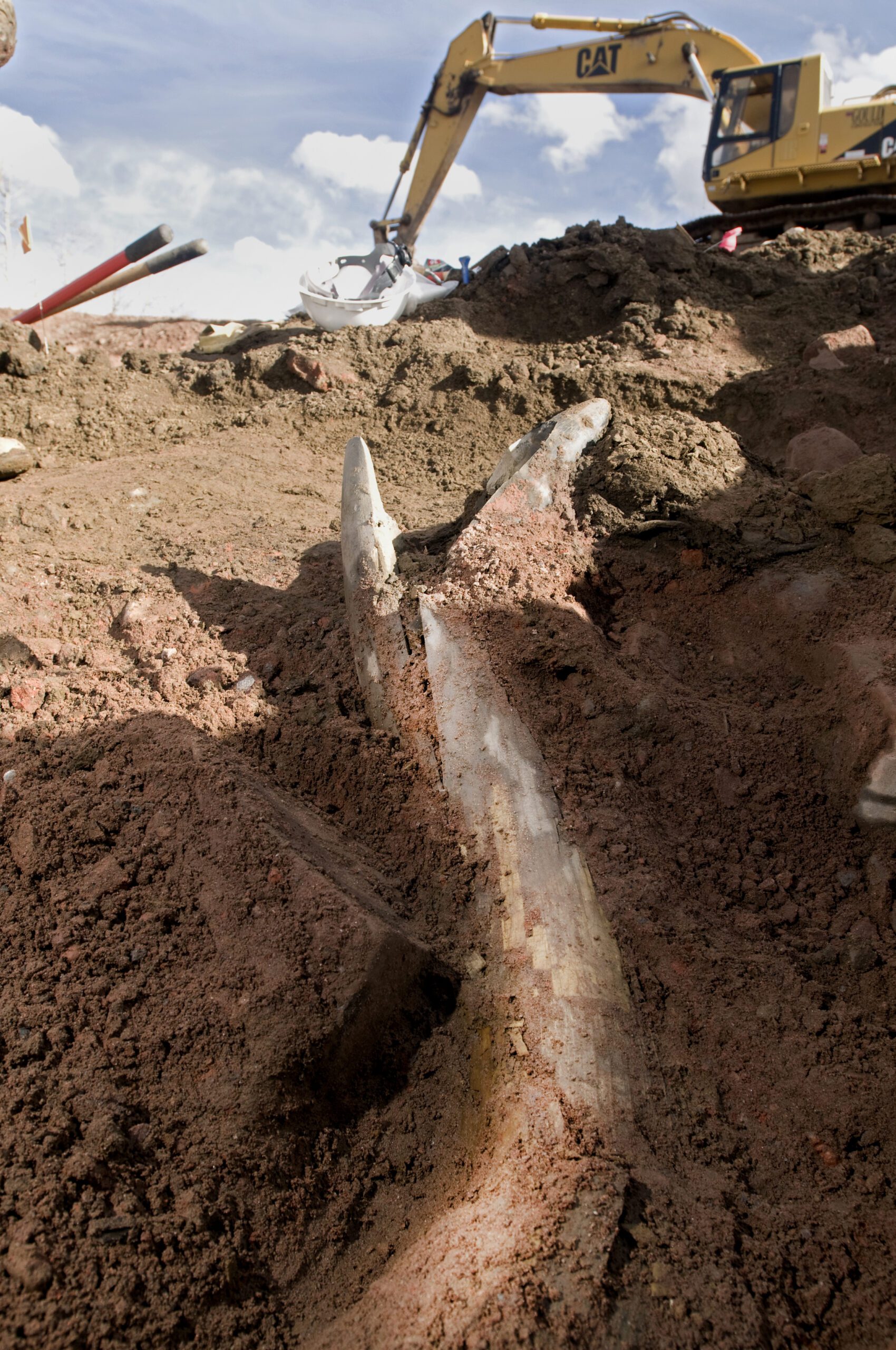
October 29, 2010: Stop the dozers! Gould Construction halts excavation so scientists from the Denver Museum of Nature and Science can examine the site.
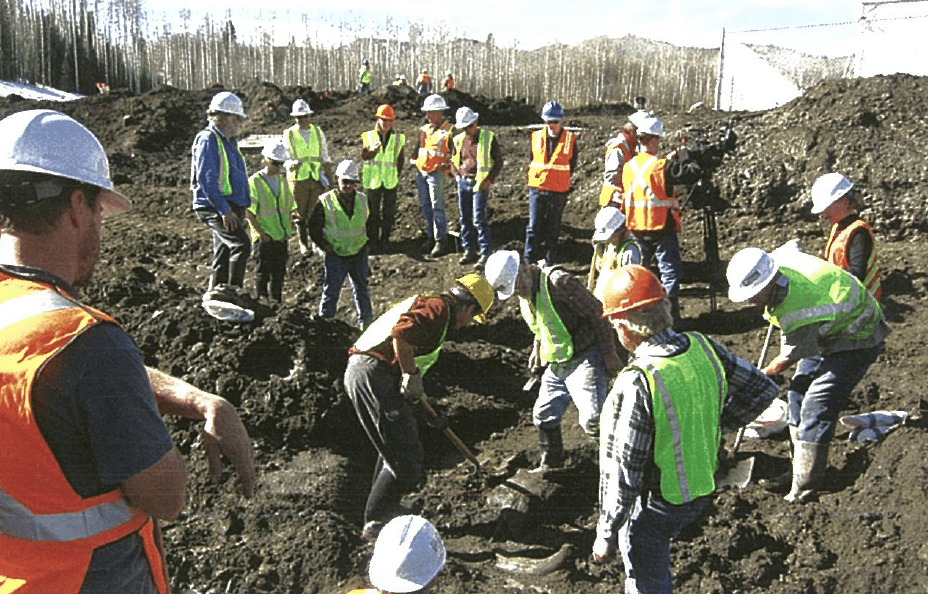
October 29, 2010: Stop the dozers! Gould Construction halts excavation so scientists from the Denver Museum of Nature and Science can examine the site.
November 2, 2010: The race is on! The team tries to unearth as many bones as possible before winter starts. In just the first day, diggers uncovered mammoth and mastodon bones, as well as many other plant fossils and smaller fossils from insects and clams!
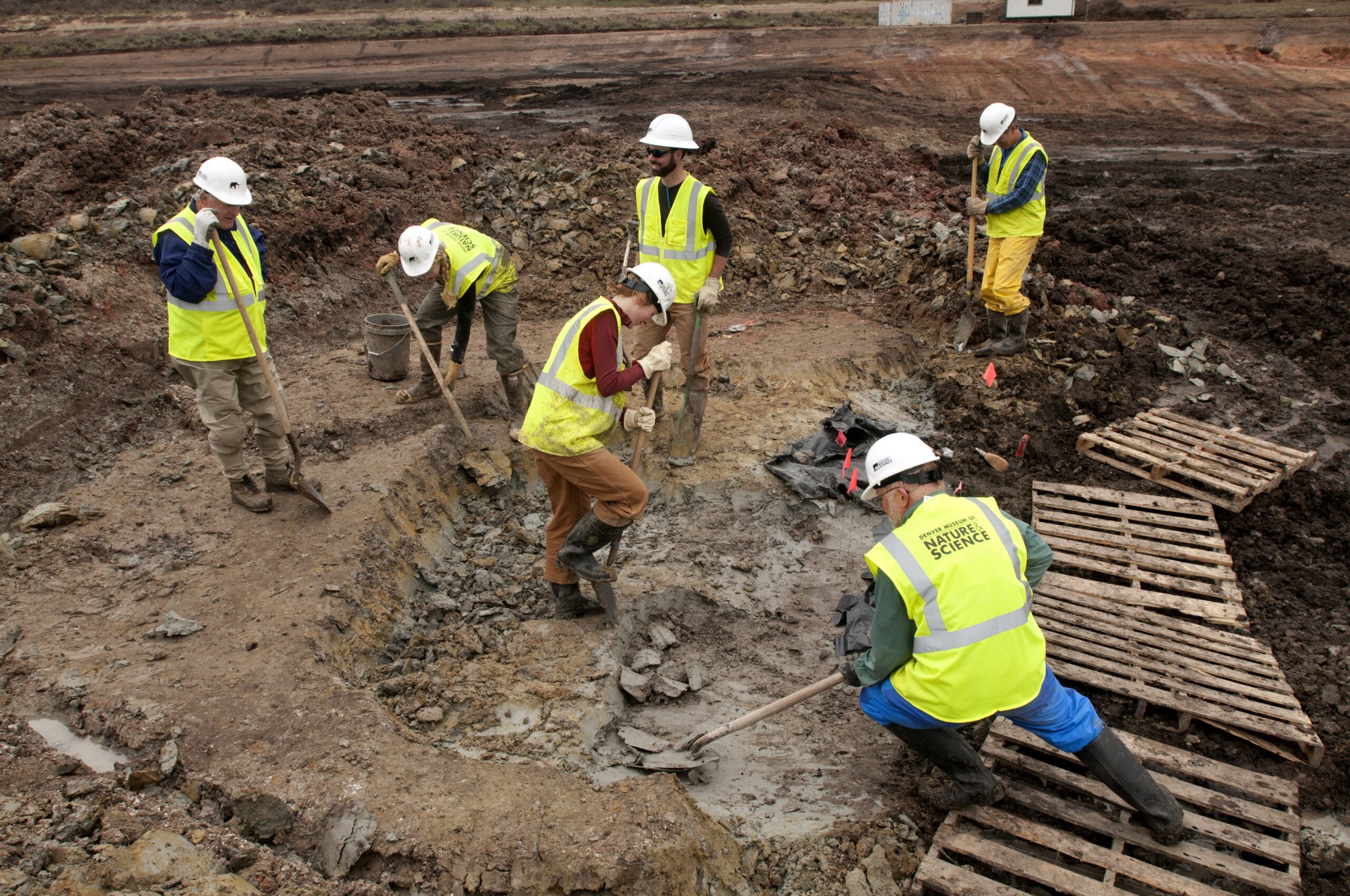
November 2, 2010: The race is on! The team tries to unearth as many bones as possible before winter starts. In just the first day, diggers uncovered mammoth and mastodon bones, as well as many other plant fossils and smaller fossils from insects and clams!
November 3, 2010 On only the dig’s second day, the team turns up Colorado’s first mastodon skull! Bones seem to be everywhere they look.
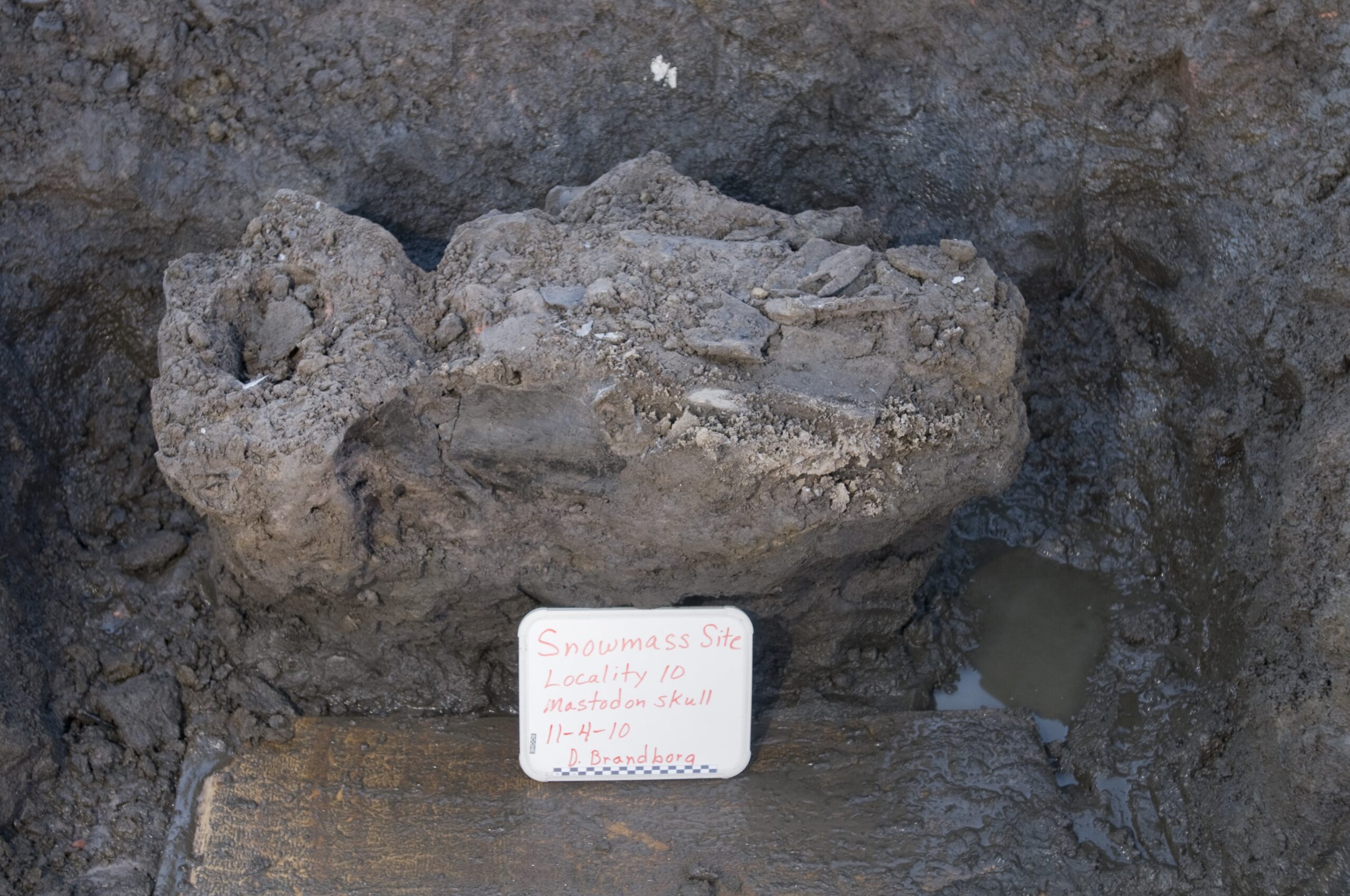
November 4, 2010: A Jefferson Ground Sloth is discovered- it was the first of its kind to be found in Colorado. Excavators are amazed at finding still green leaves from ancient sedges. The prehistoric leaves turned yellow or brown minutes after being exposed to oxygen.
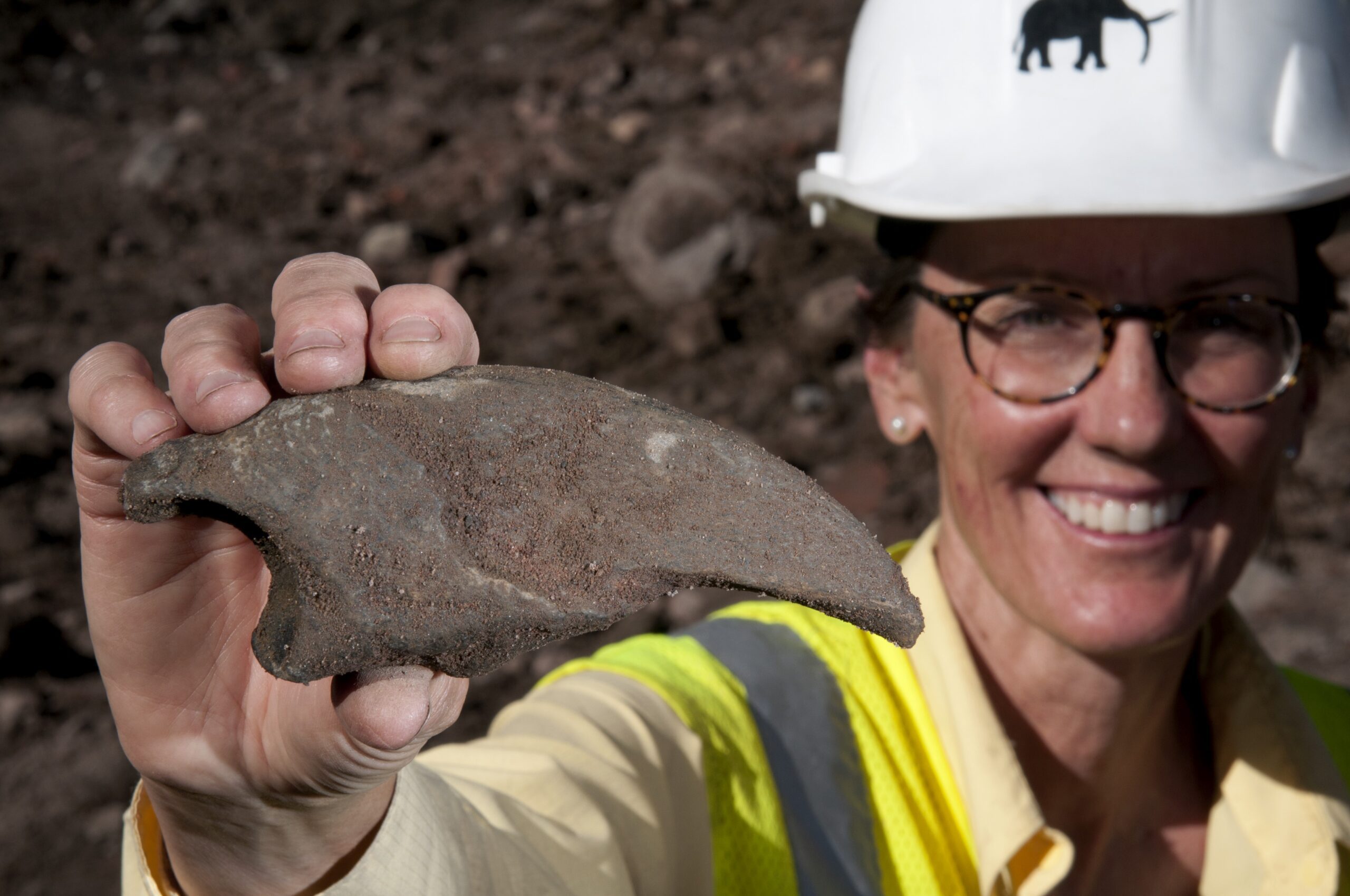
November 4, 2010: A Jefferson Ground Sloth is discovered- it was the first of its kind to be found in Colorado. Excavators are amazed at finding still green leaves from ancient sedges. The prehistoric leaves turned yellow or brown minutes after being exposed to oxygen.
November 6, 2010 Hey, that’s not a tusk! The team brushes the dirt off the horns of a prehistoric bison. They measure 6’ 4” across.
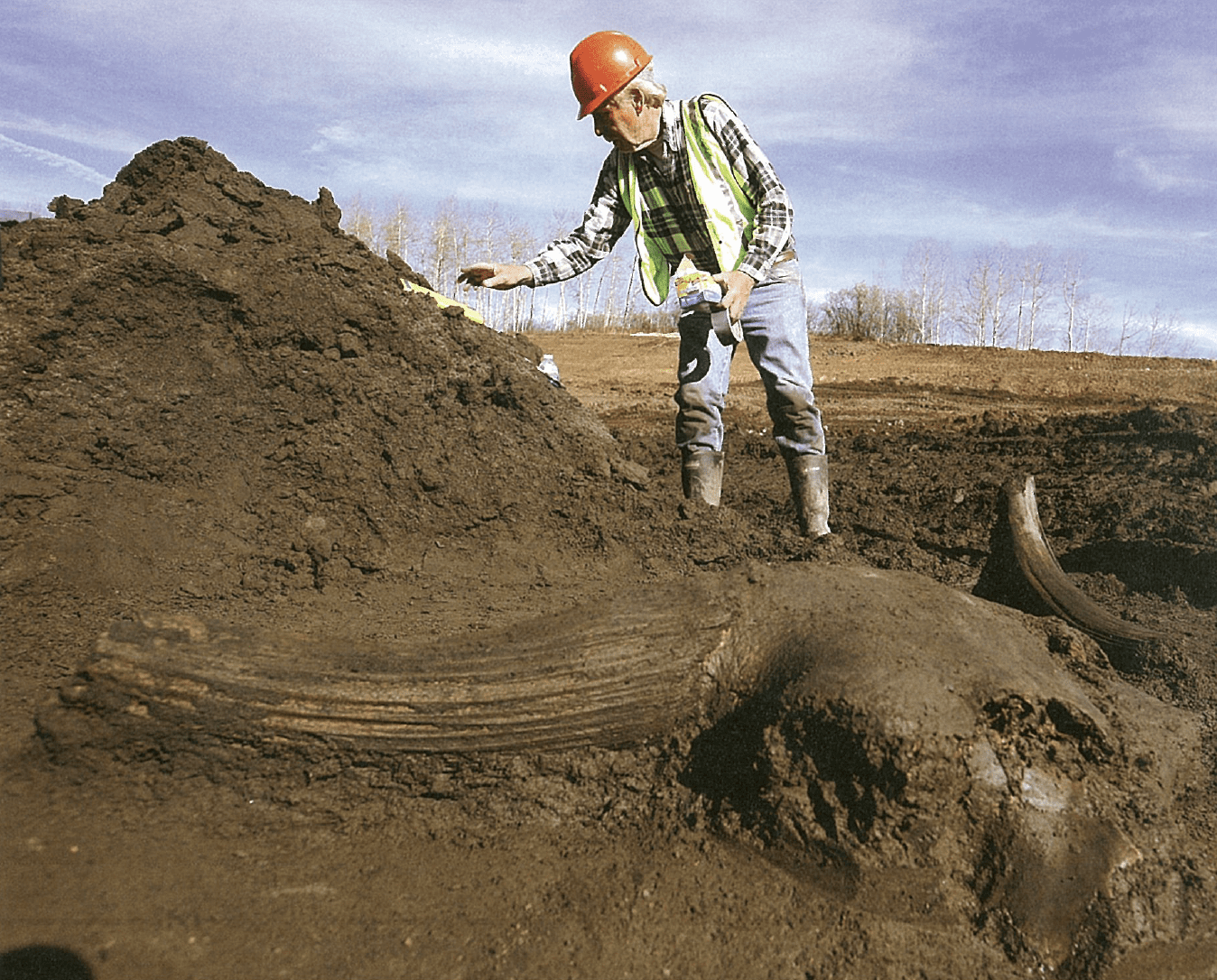
November 6, 2010 Hey, that’s not a tusk! The team brushes the dirt off the horns of a prehistoric bison. They measure 6’ 4” across.
November 13, 2010 Mastodon Madness sweeps the valley, as thousands of community members come to an event to wonder at the fossils and celebrate the team’s success.
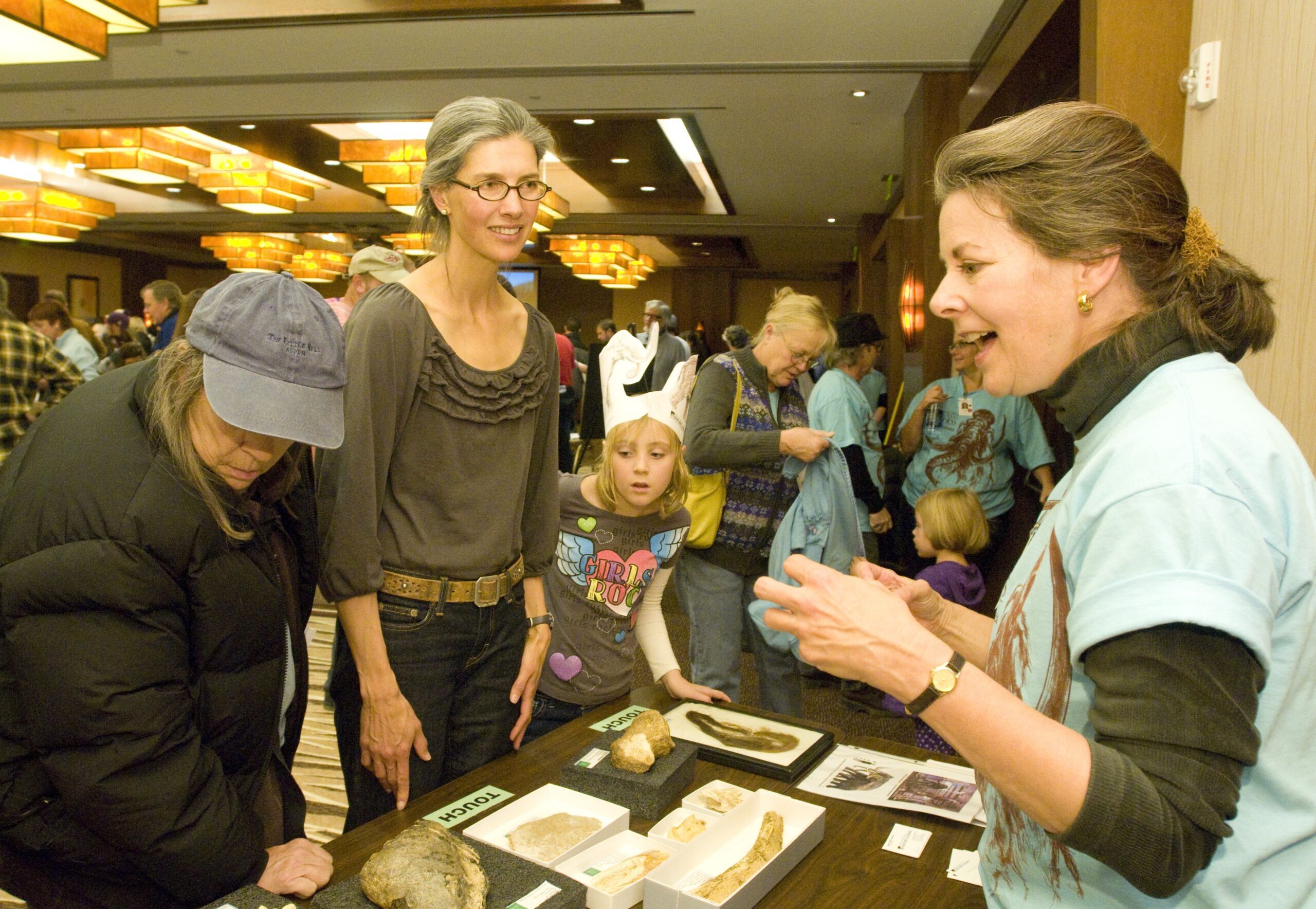
November 14, 2010 Winter shuts down the dig - for now. But more than 600 bones are on their way to the Denver Museum of Nature and Science for further study.
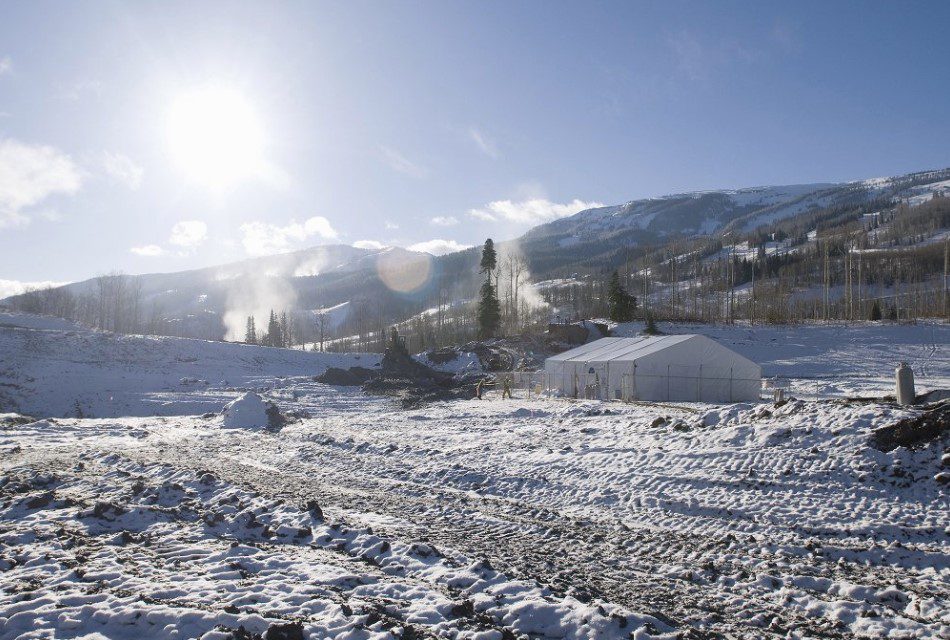
November 14, 2010 Winter shuts down the dig - for now. But more than 600 bones are on their way to the Denver Museum of Nature and Science for further study.
May 15, 2011 After months of planning, a larger crew begins a seven-week dig. All systems go! Their tools include simple shovels and bamboo, which is the perfect hardness to scrape away dirt without scratching bones.
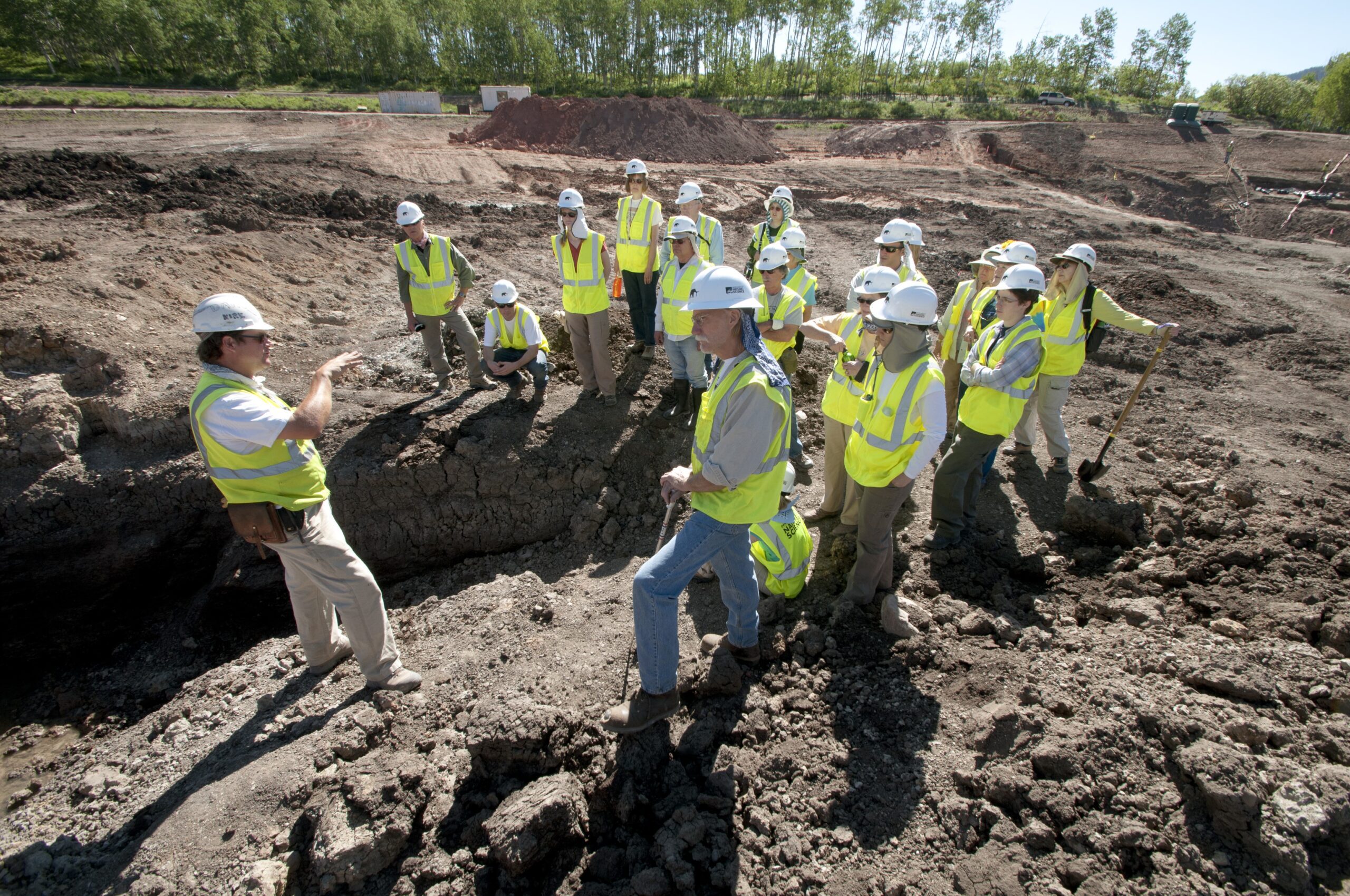
May 16, 2011 With National Geographic cameras rolling, Kirk Johnson guarantees they’ll find a bone in under five minutes. With just 60 seconds left, Ian Miller finds a sloth arm.
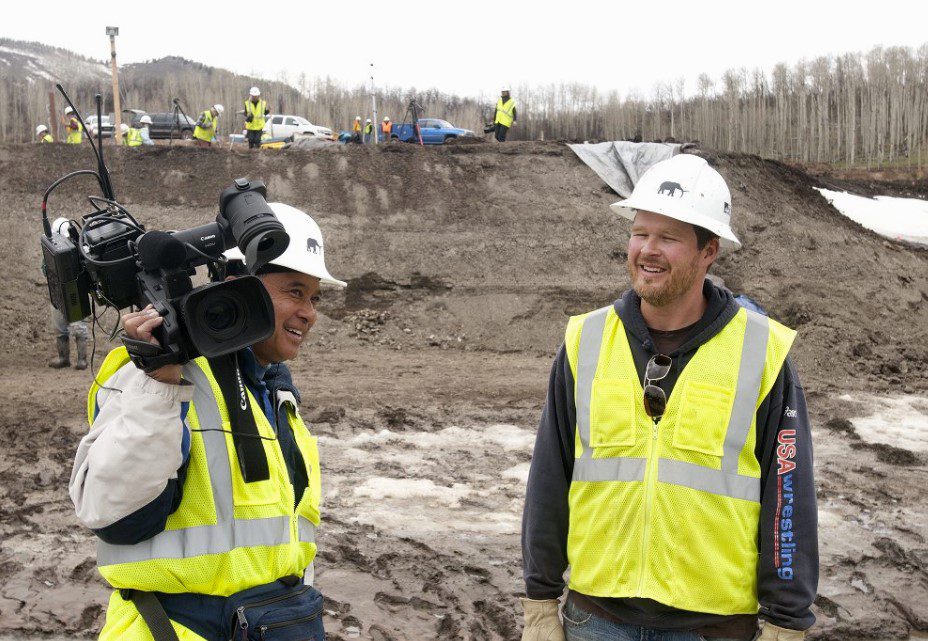
May 16, 2011 With National Geographic cameras rolling, Kirk Johnson guarantees they’ll find a bone in under five minutes. With just 60 seconds left, Ian Miller finds a sloth arm.
May 20, 2010 To excavate tons of dirt, diggers must dig trenches that allow them to lift giant cubes of soil up for closer examination. “Dirt brownies” galore!
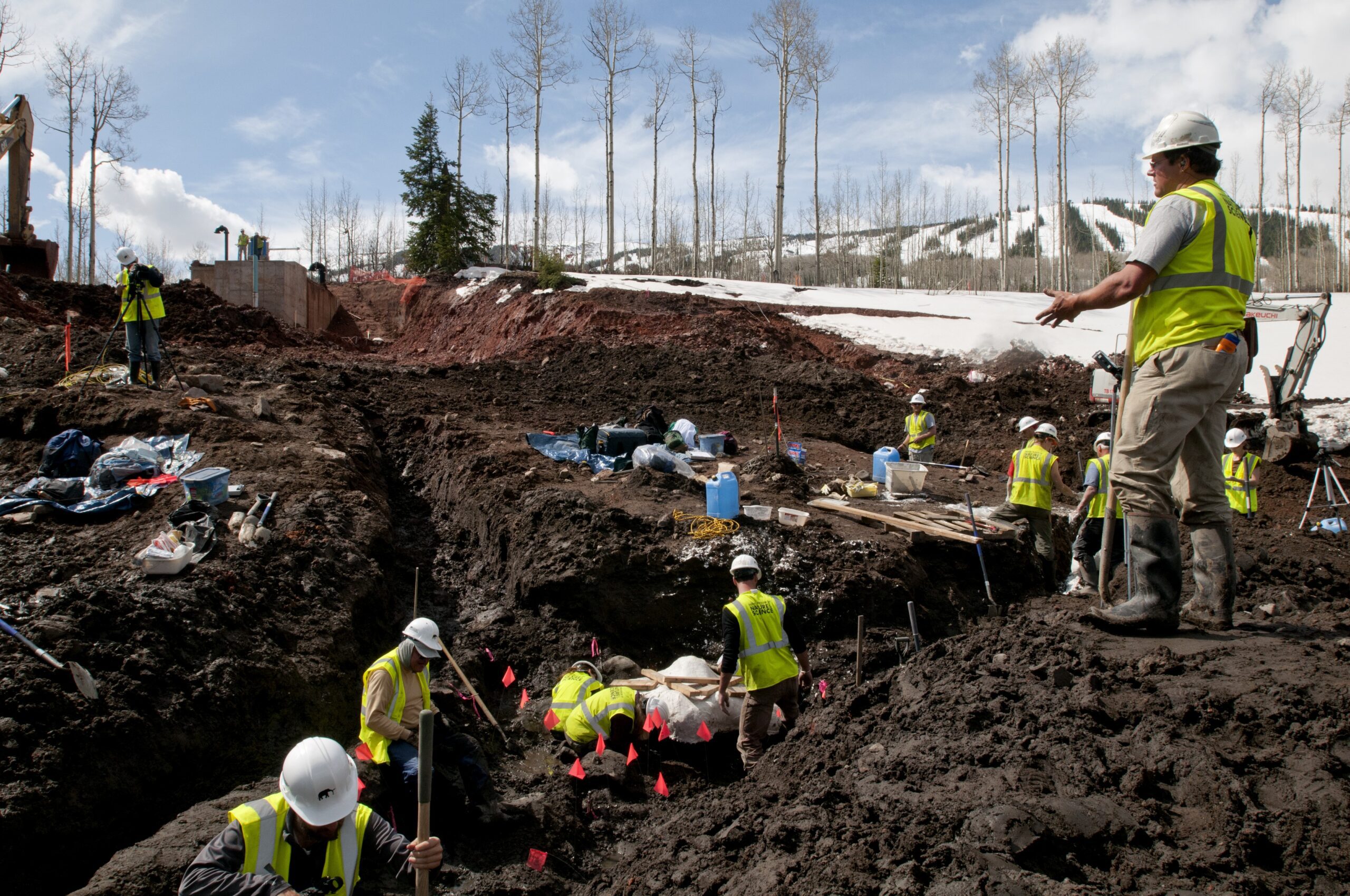
May 20, 2010 To excavate tons of dirt, diggers must dig trenches that allow them to lift giant cubes of soil up for closer examination. “Dirt brownies” galore!
May 24, 2011 America is watching! The team participates in a livestream allowing 25 schools in 10 states to watch scientific discoveries unfold in real time.
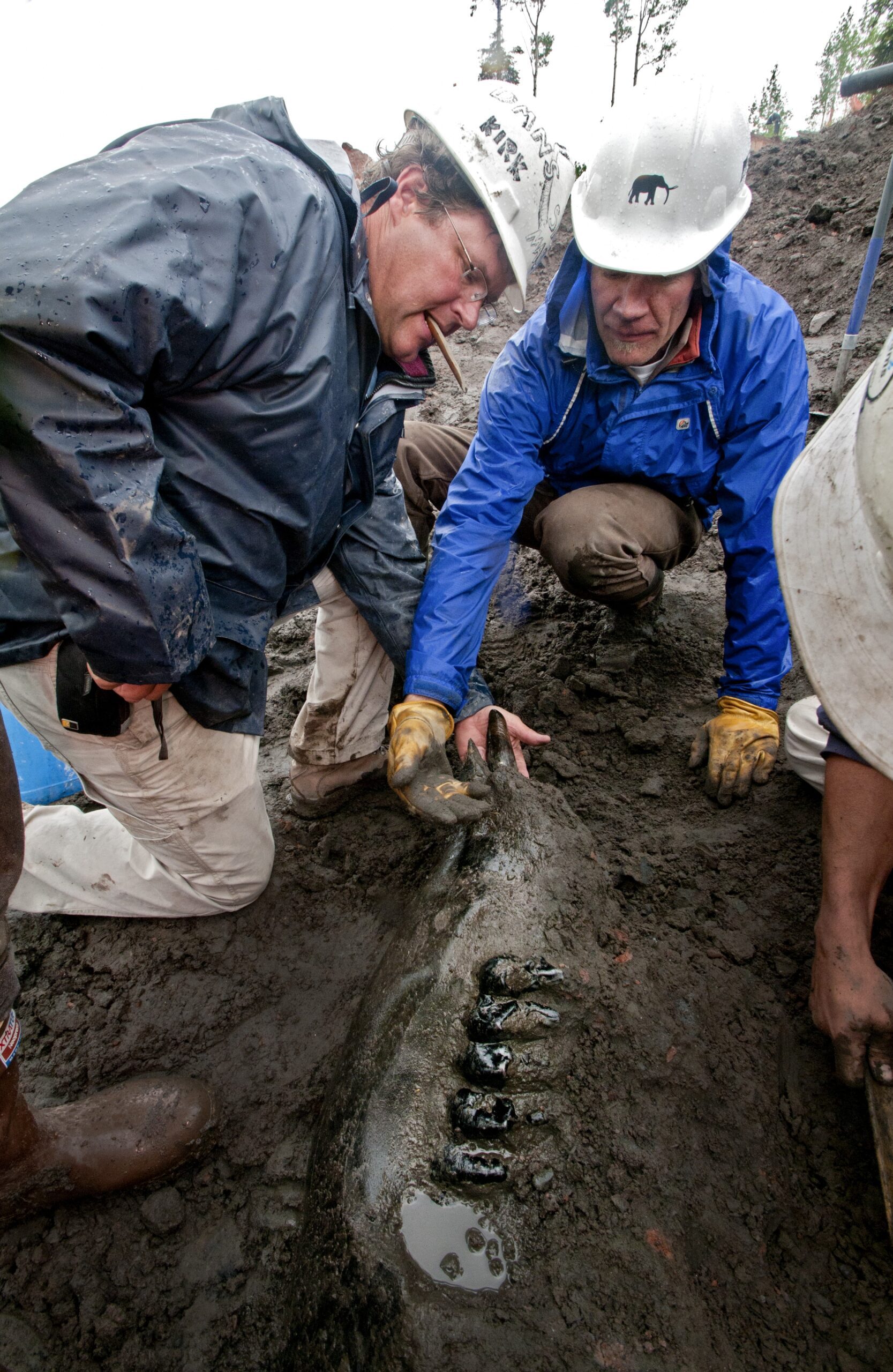
May 24, 2011 America is watching! The team participates in a livestream allowing 25 schools in 10 states to watch scientific discoveries unfold in real time.
May 29, 2011 Iris Smith, a donor, visits the site and bets Kirk Johnson $5,000 he can’t find her a bone in less than 10 minutes. He succeeds in four and then goes double or nothing, finding a mastodon rib 44 seconds later. $10,000? Not bad for five minutes work!
May 29, 2011 Iris Smith, a donor, visits the site and bets Kirk Johnson $5,000 he can’t find her a bone in less than 10 minutes. He succeeds in four and then goes double or nothing, finding a mastodon rib 44 seconds later. $10,000? Not bad for five minutes work!
May 30, 2011 The crew divides into four teams for a “No Bone Left Behind” Challenge. And they live up to their goal, with more than 100 bones discovered in a single day.
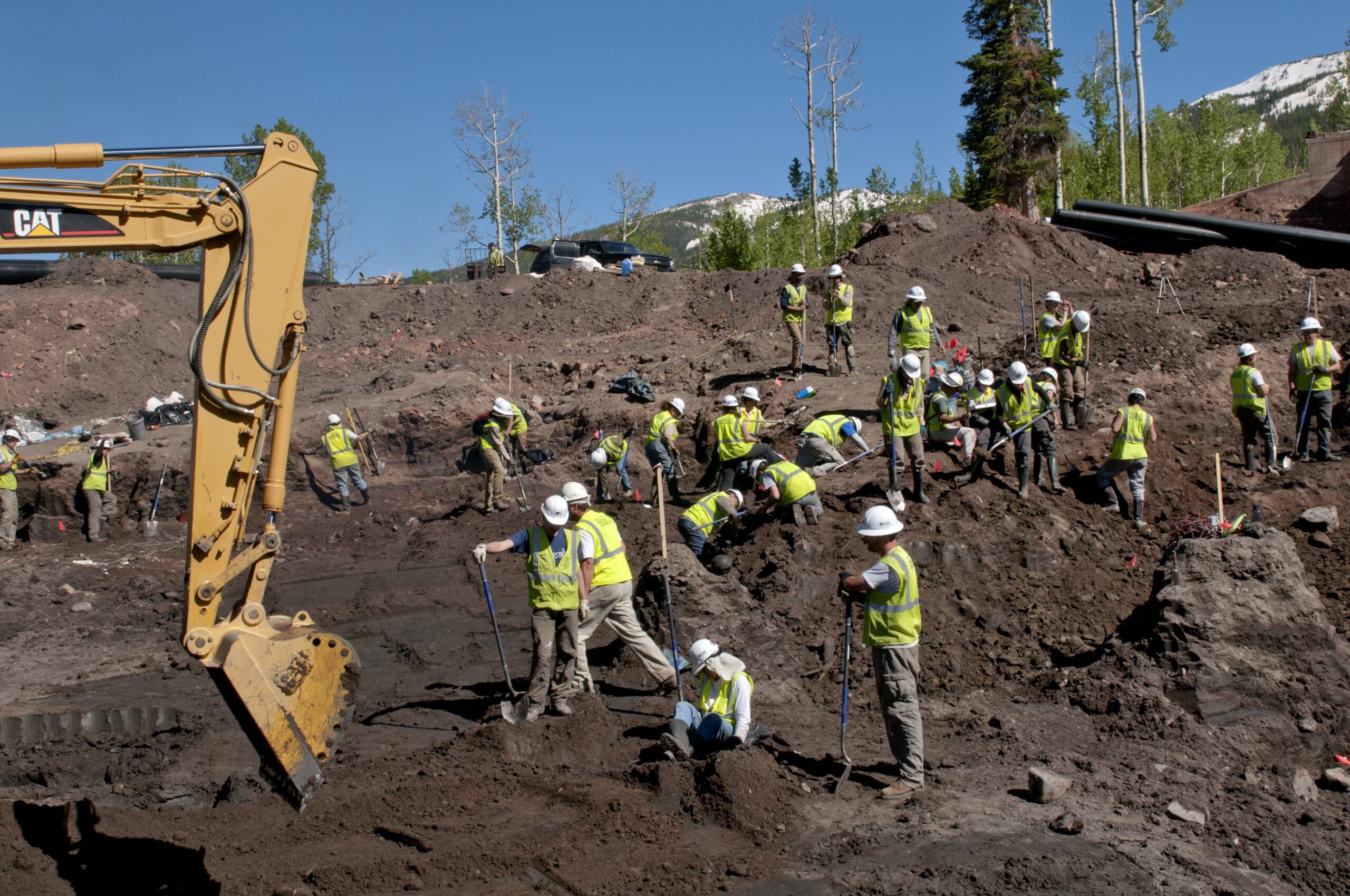
June 5, 2011 The Tedeschi Trucks Band visits the site and decides to get their hands dirty. In only 20 minutes, the award-winning musician Susan Tedeschi finds a mastodon leg bone!
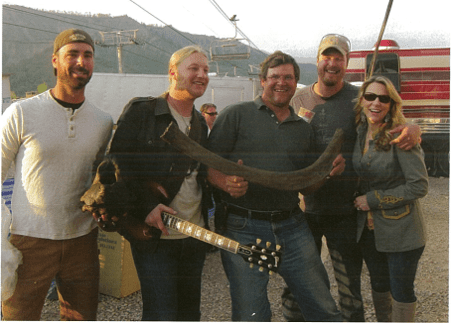
June 5, 2011 The Tedeschi Trucks Band visits the site and decides to get their hands dirty. In only 20 minutes, the award-winning musician Susan Tedeschi finds a mastodon leg bone!
June 7, 2011 Schools out… and the teachers are in! Volunteers from the Roaring Fork Valley School District bring the total number of diggers per day to more than 50.
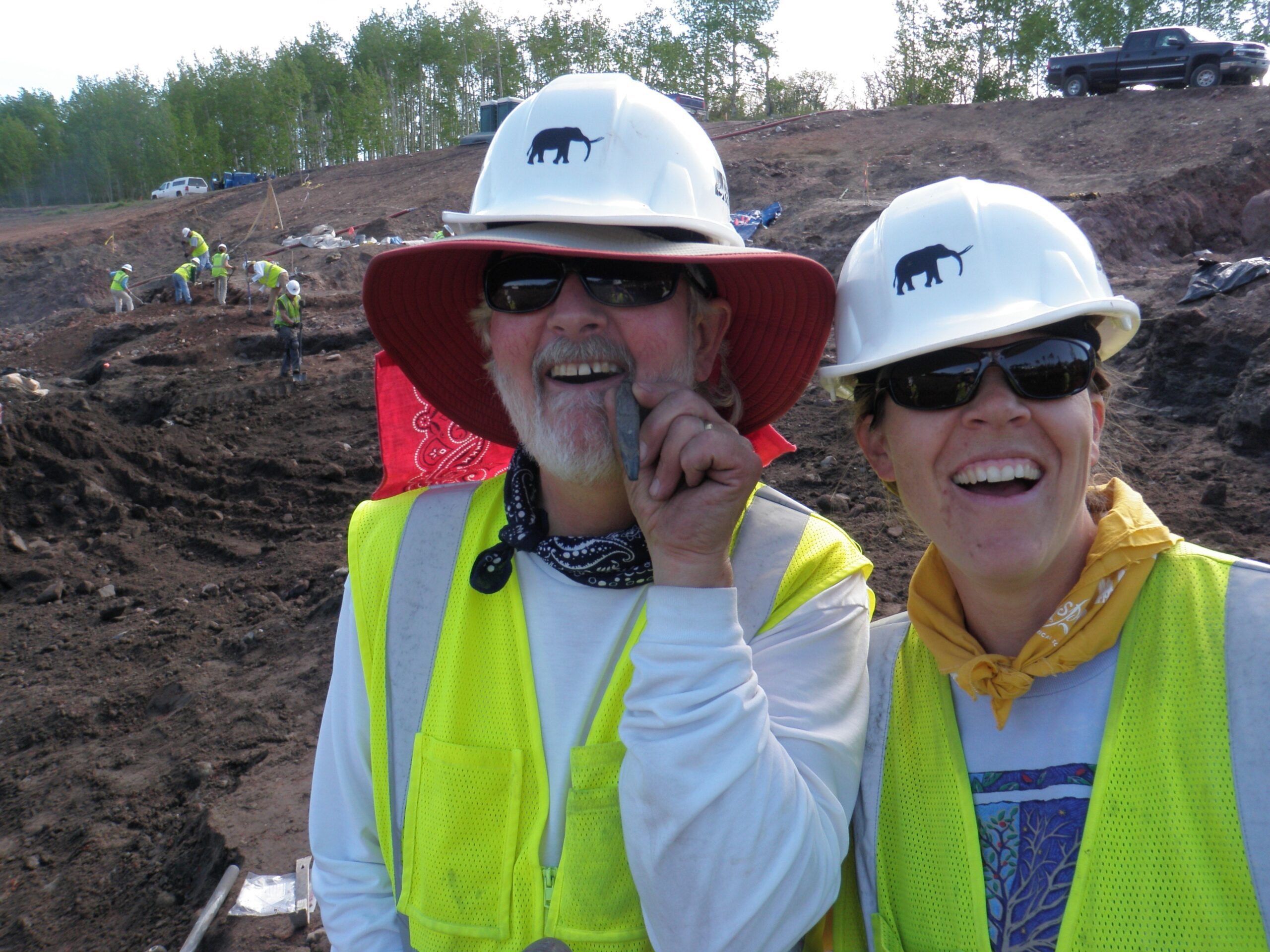
June 7, 2011 Schools out… and the teachers are in! Volunteers from the Roaring Fork Valley School District bring the total number of diggers per day to more than 50.
June 13, 2011 Kirk Johnson offers a bottle of whiskey as a bounty for a sloth skull. And Peter Ziegler adds $100 to the pot. When local teacher Chris Faison unearths the skull of a Jefferson Ground Sloth, he shares the money with his team. (No word what happened to the whiskey, though!)
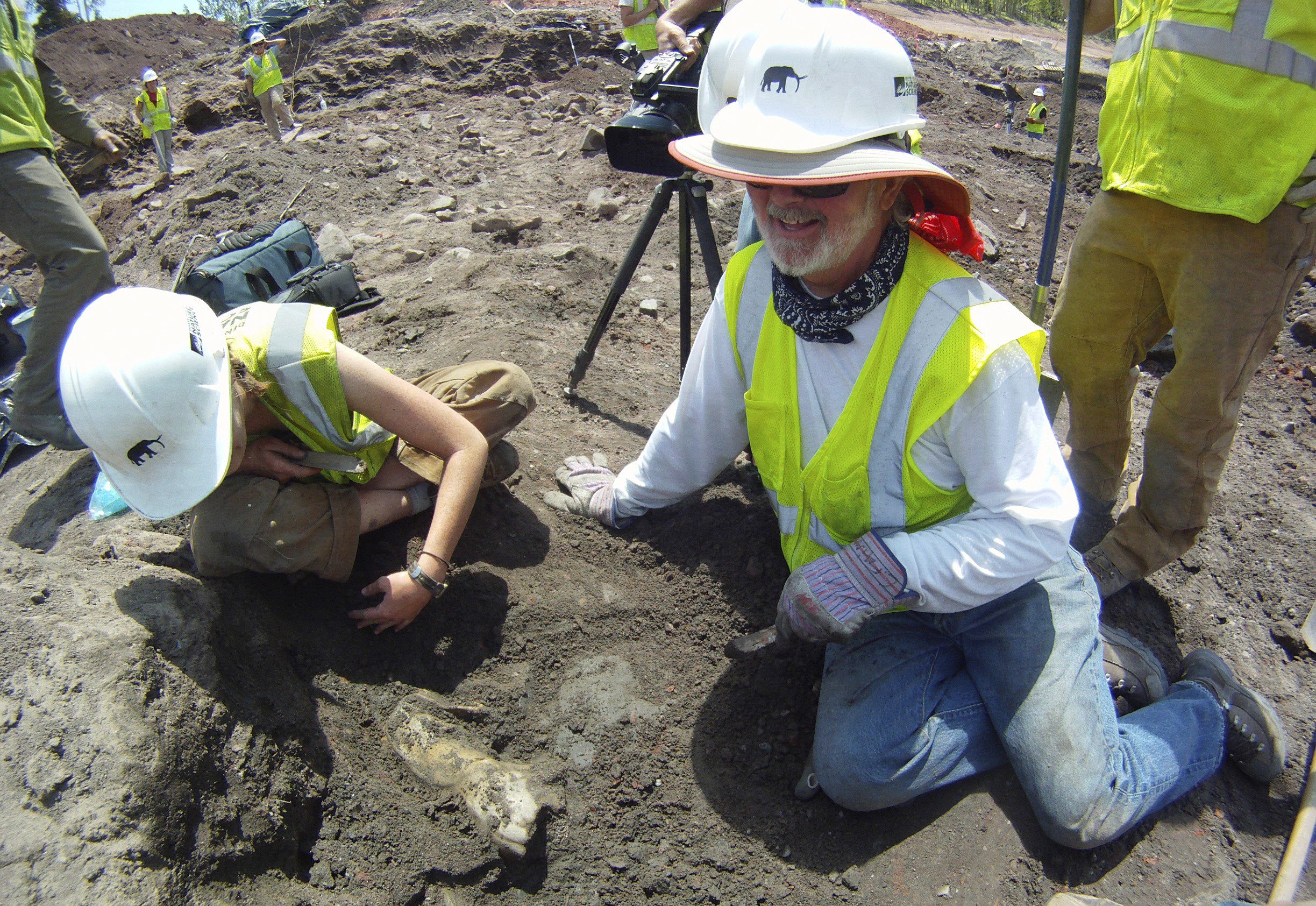
June 21, 2011 The team hits more milestones, with 4,056 bones found and 4,500 yards of dirt moved.
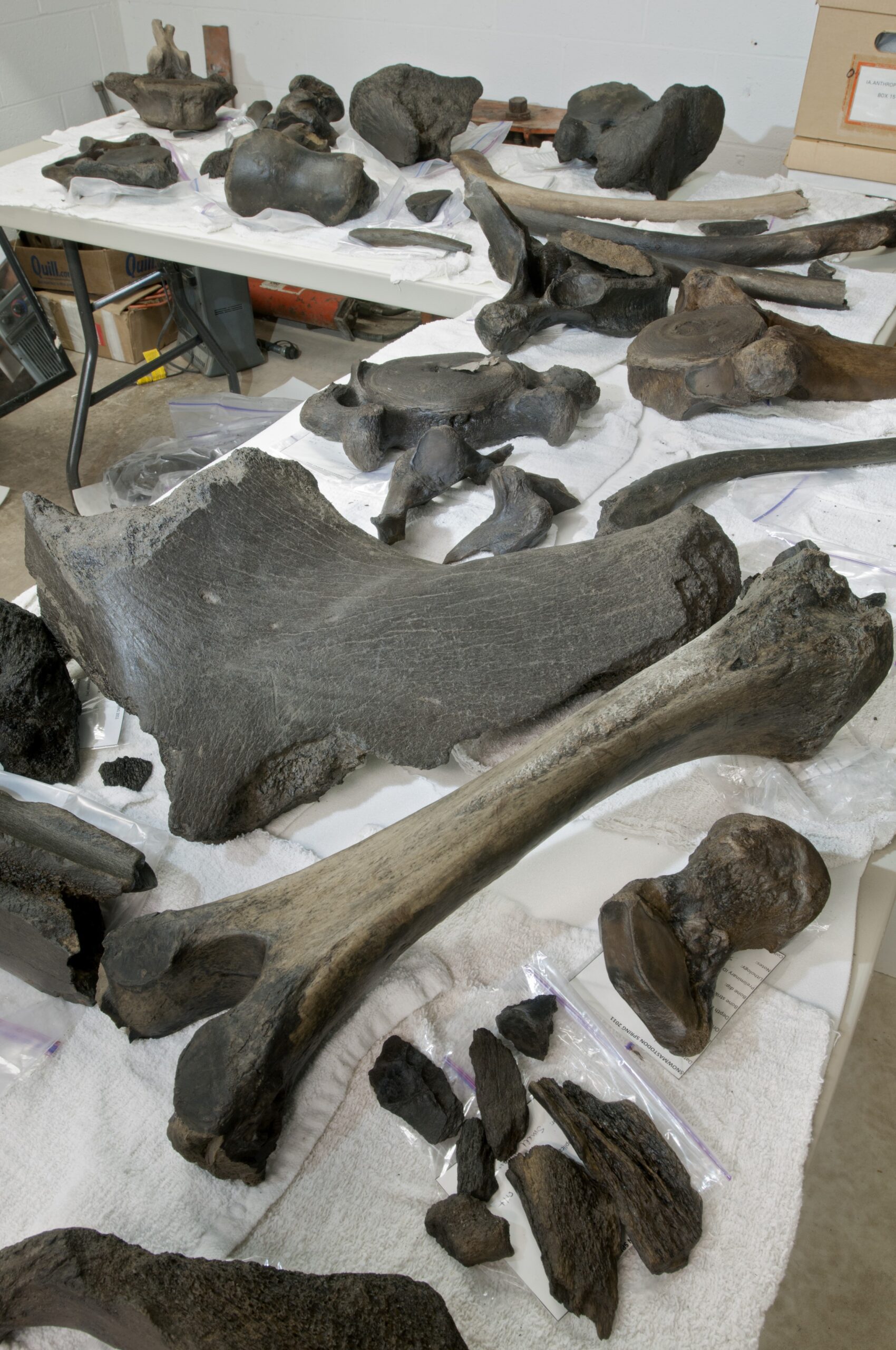
June 21, 2011 The team hits more milestones, with 4,056 bones found and 4,500 yards of dirt moved.
June 27, 2011 The largest mastodon of the entire project is uncovered when the team digs through an area that had been hidden beneath a porta-potty. The fossil is nicknamed Portalue and, fittingly, had a six-foot wide pelvis.
June 27, 2011 The largest mastodon of the entire project is uncovered when the team digs through an area that had been hidden beneath a porta-potty. The fossil is nicknamed Portalue and, fittingly, had a six-foot wide pelvis.
June 29, 2011 Months after its discovery, scientists finally move the massive Clay Mammoth fossil, cutting a cube around it, wrapping the whole thing in plaster, and then hiring a crane to move the 5-ton package onto a truck.
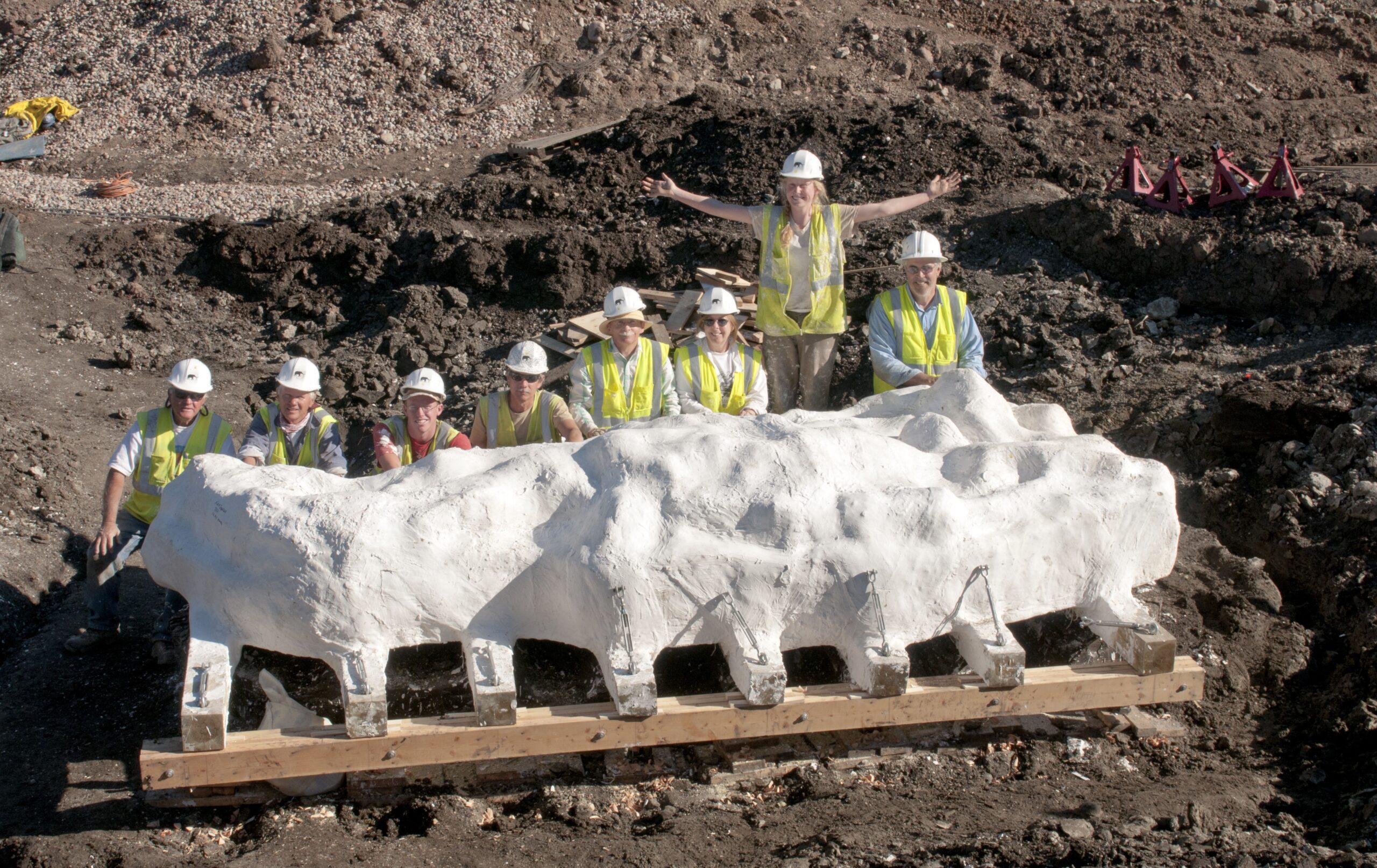
July 2, 2011 The crew is exhausted, proud and ready to celebrate. And more than 5,000 bones are on their way to the Denver Museum of Nature and Science for further study. The dig’s over, but the discoveries are just beginning.
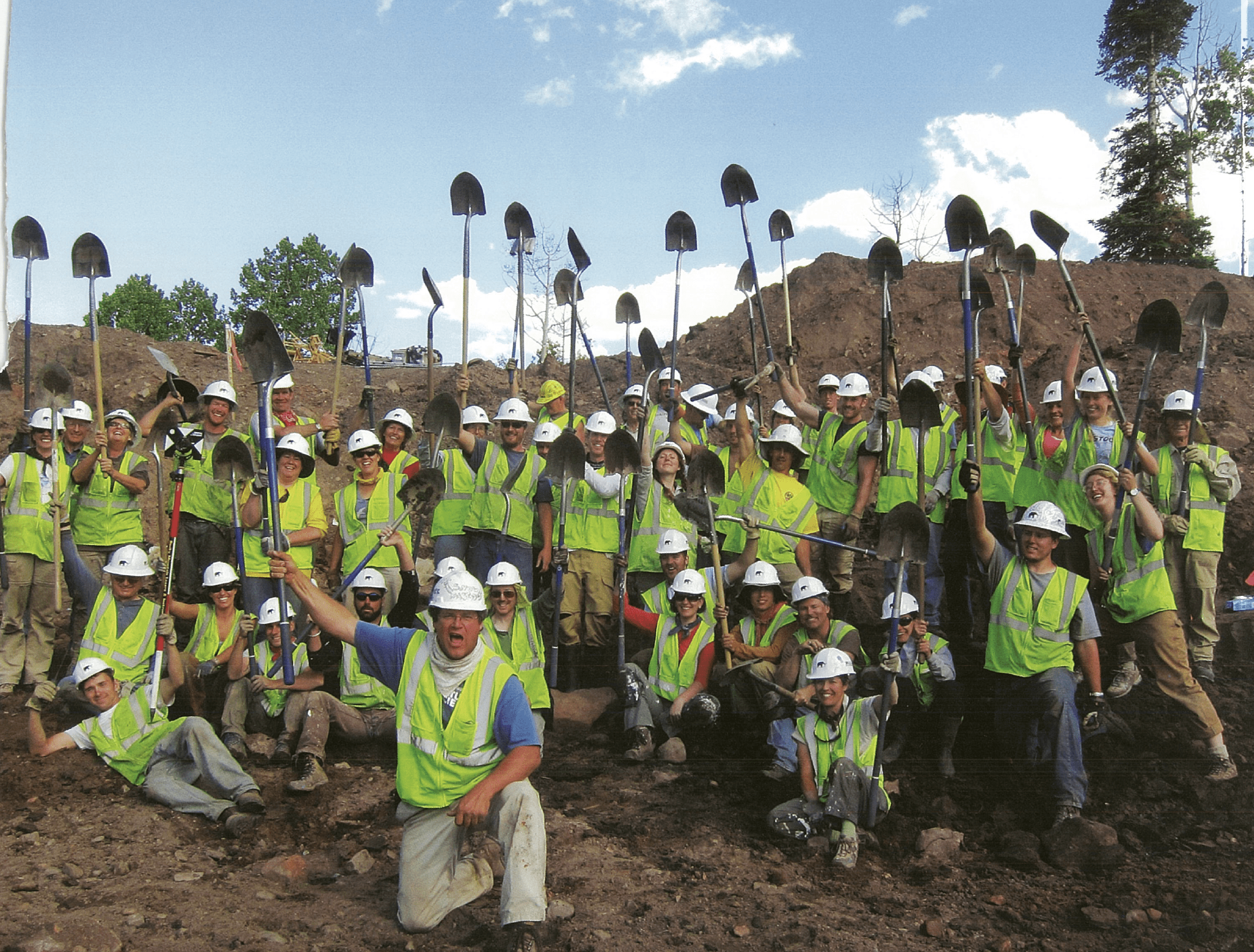
July 2, 2011 The crew is exhausted, proud and ready to celebrate. And more than 5,000 bones are on their way to the Denver Museum of Nature and Science for further study. The dig’s over, but the discoveries are just beginning.
Dr. Ian Miller
Dr. Joe Sertich
Dr. Gussie Maccracken
Georgina Levey